Step up to Better Balance
When we are young we take our balance and coordination for granted. Yet as we progress through the years sometimes our muscles get weaker and joints get tighter and our posture changes all contributing to decreases in balance skills.


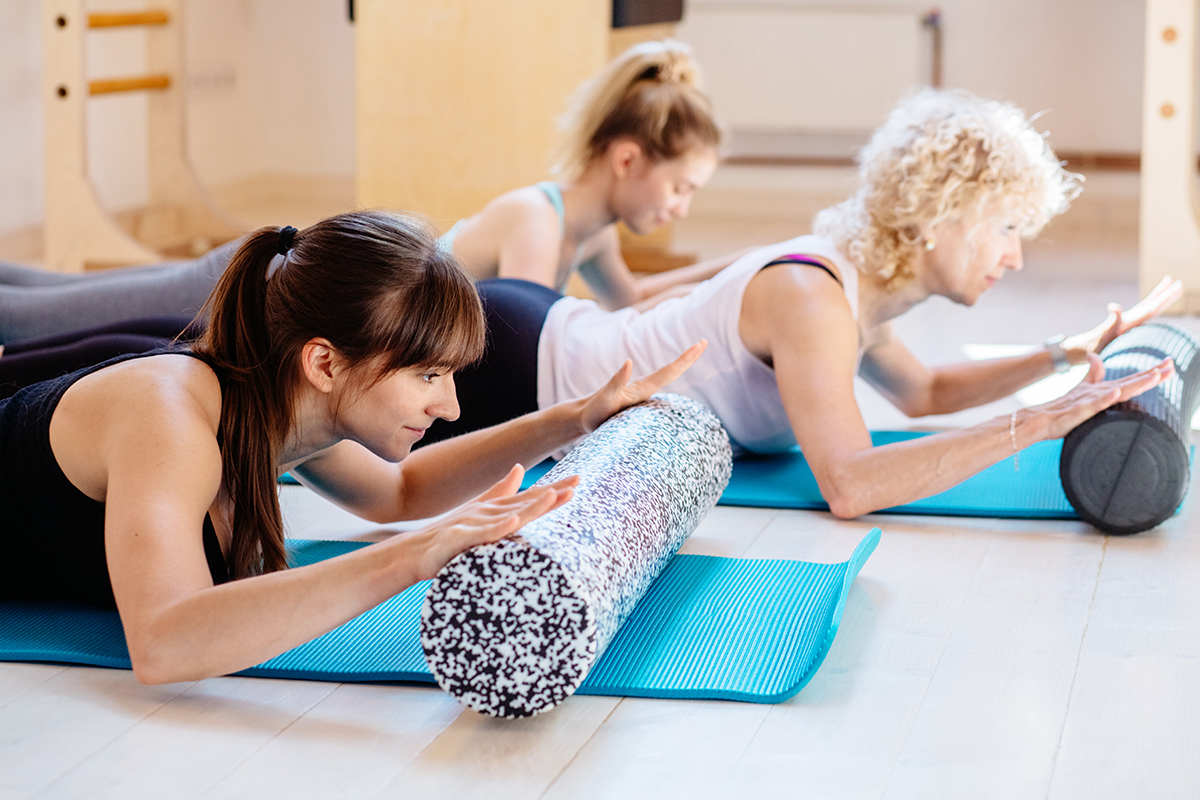
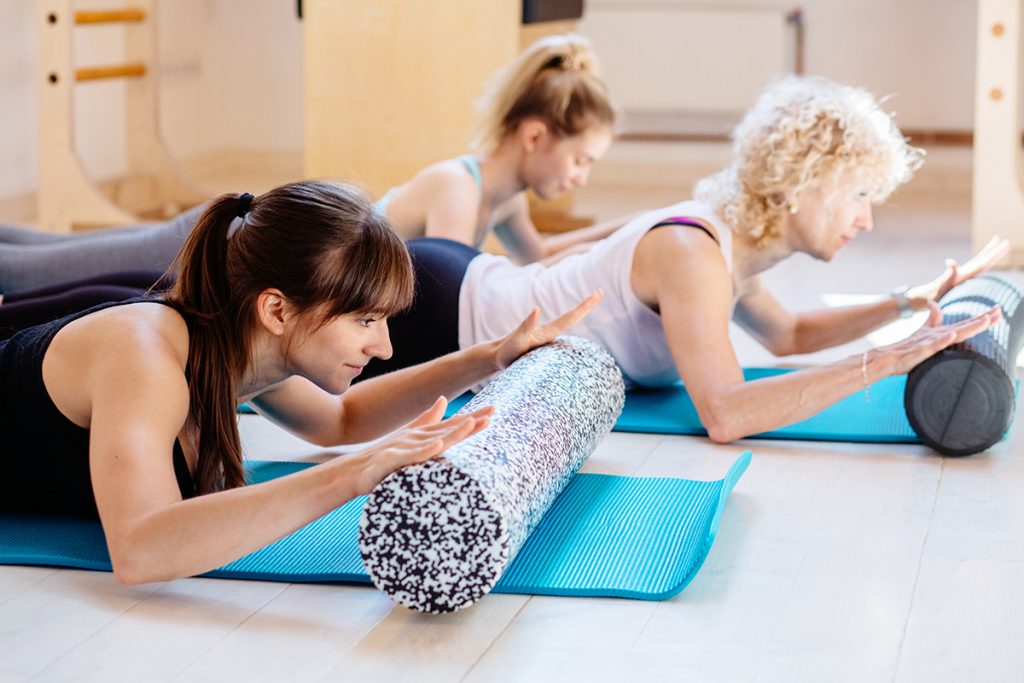
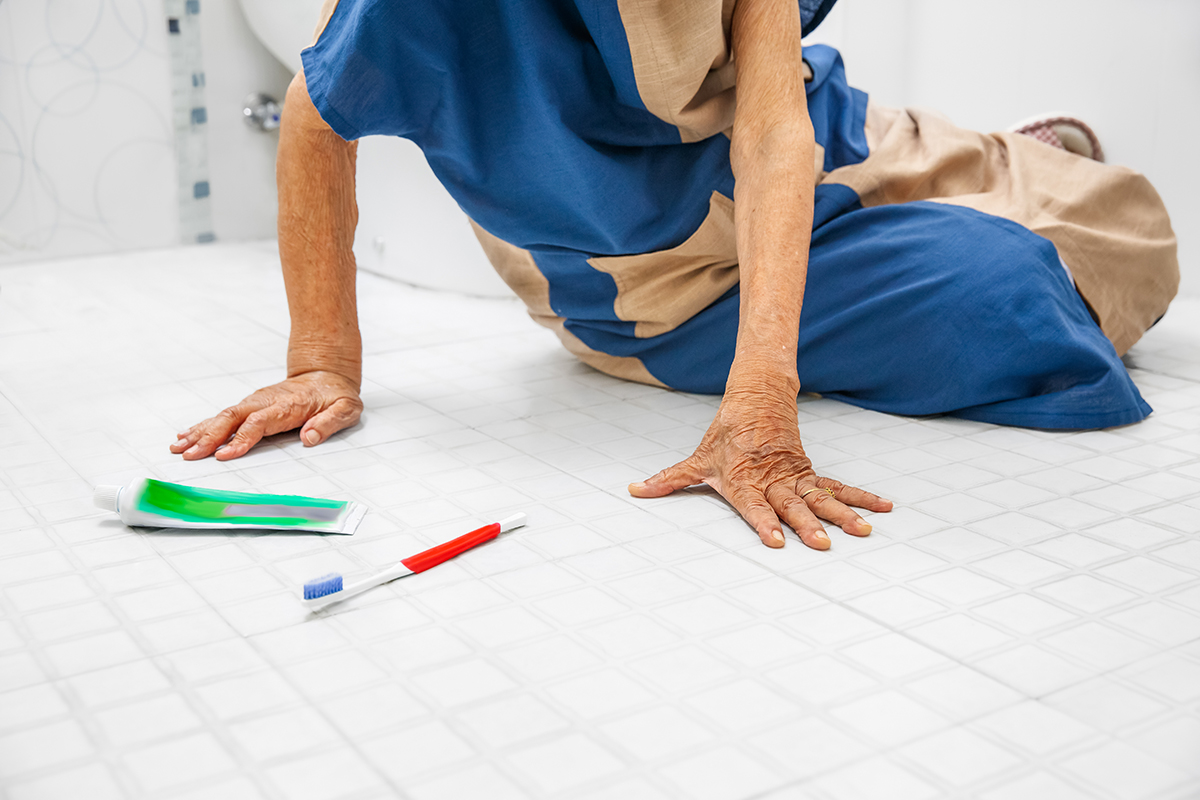
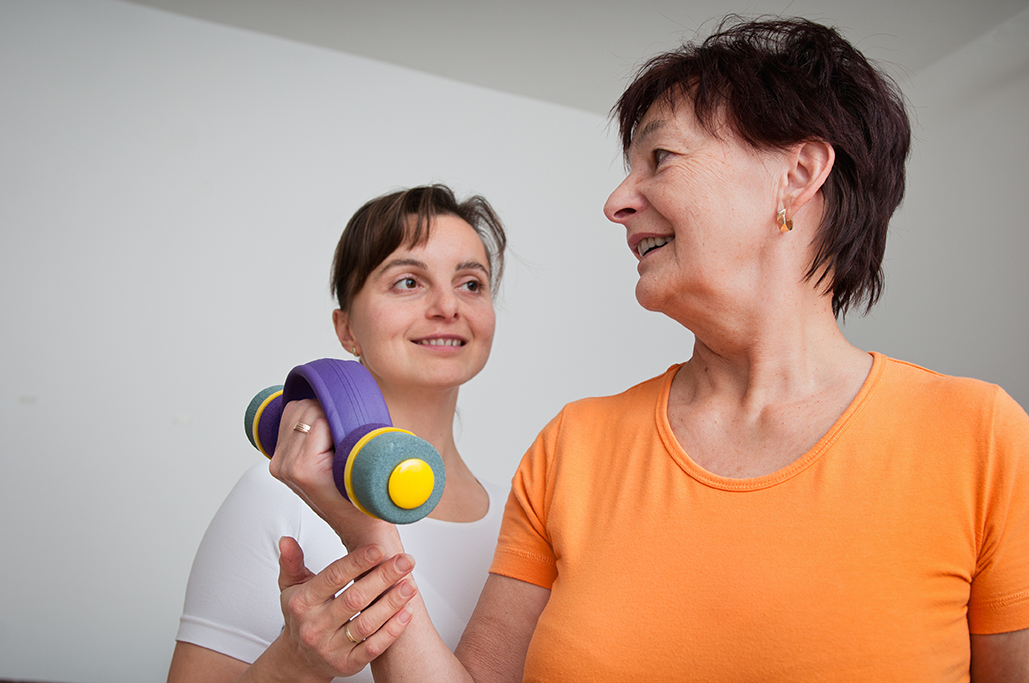
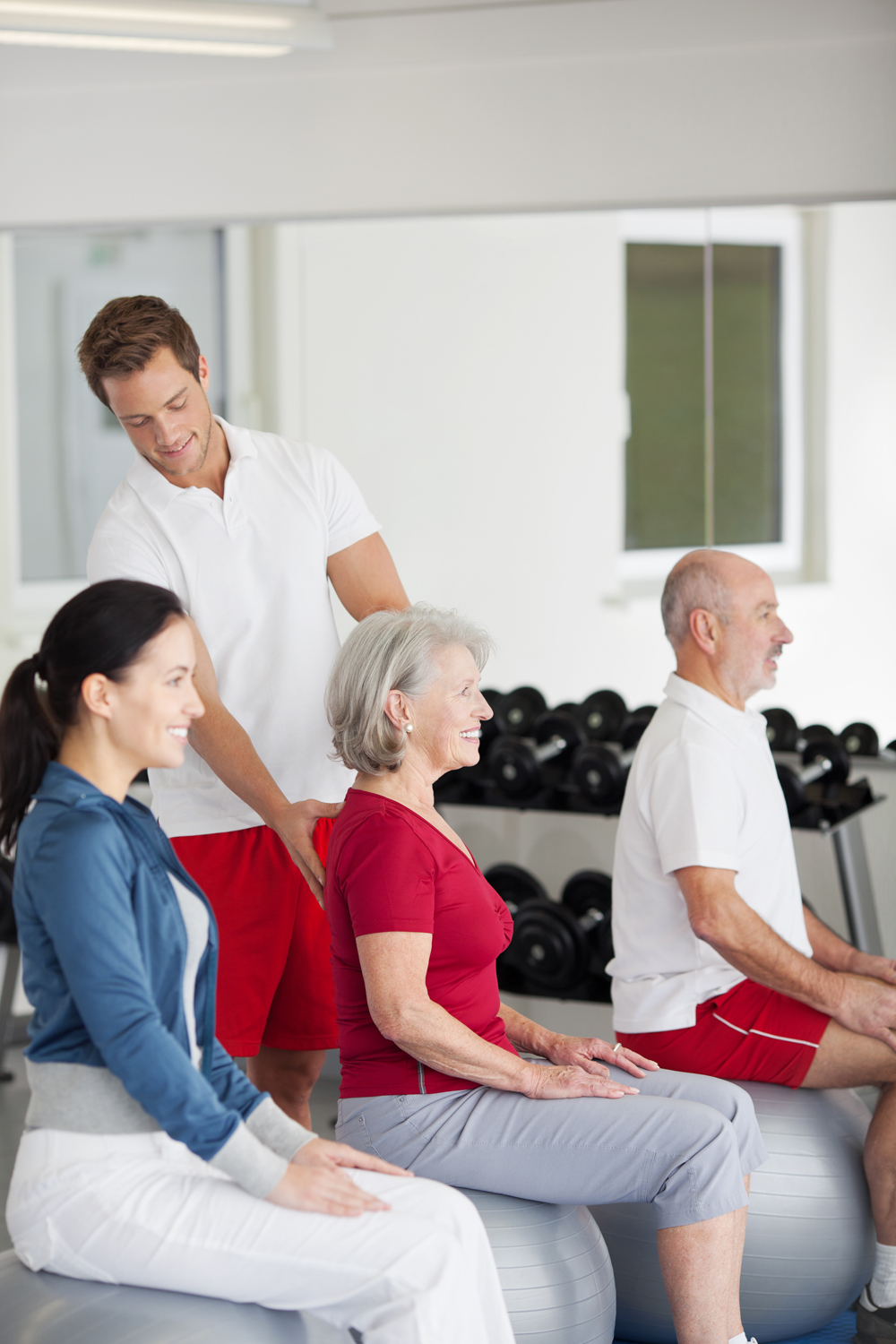 Exercise: The Miracle Cure All?
Exercise: The Miracle Cure All?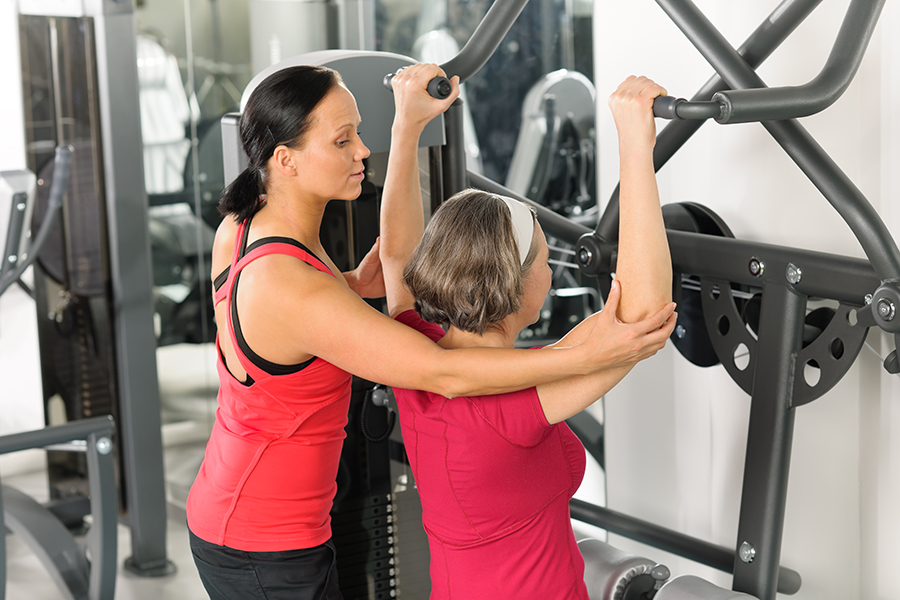
 Designing a Fitness Program
Designing a Fitness Program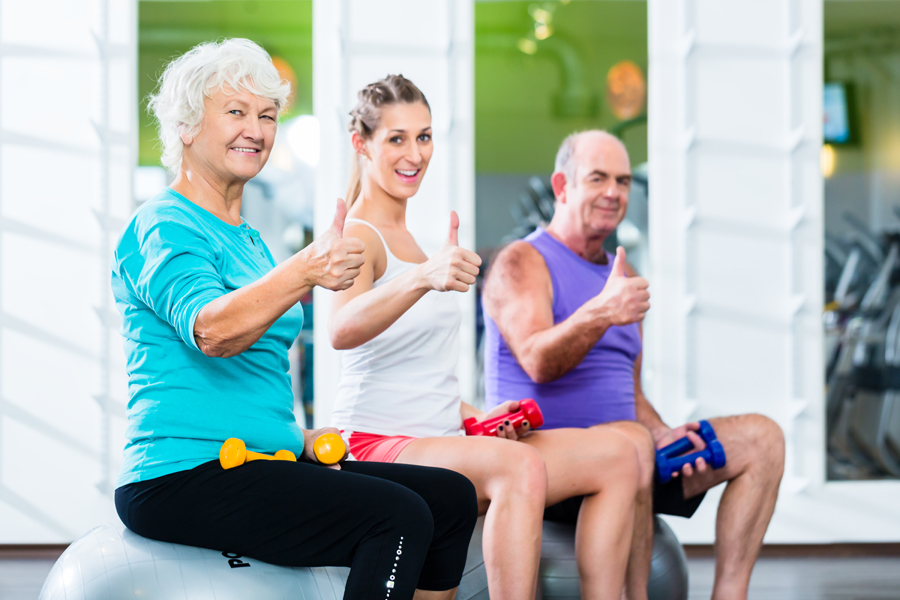 Plan of Action
Plan of Action